| 1. Lettuce plant protected by juice bottle, 2. Bottle removed, 3. Plant harvested leaving 2 innermost leaves to continue growing, 4. Protective bottle replaced onto plant. 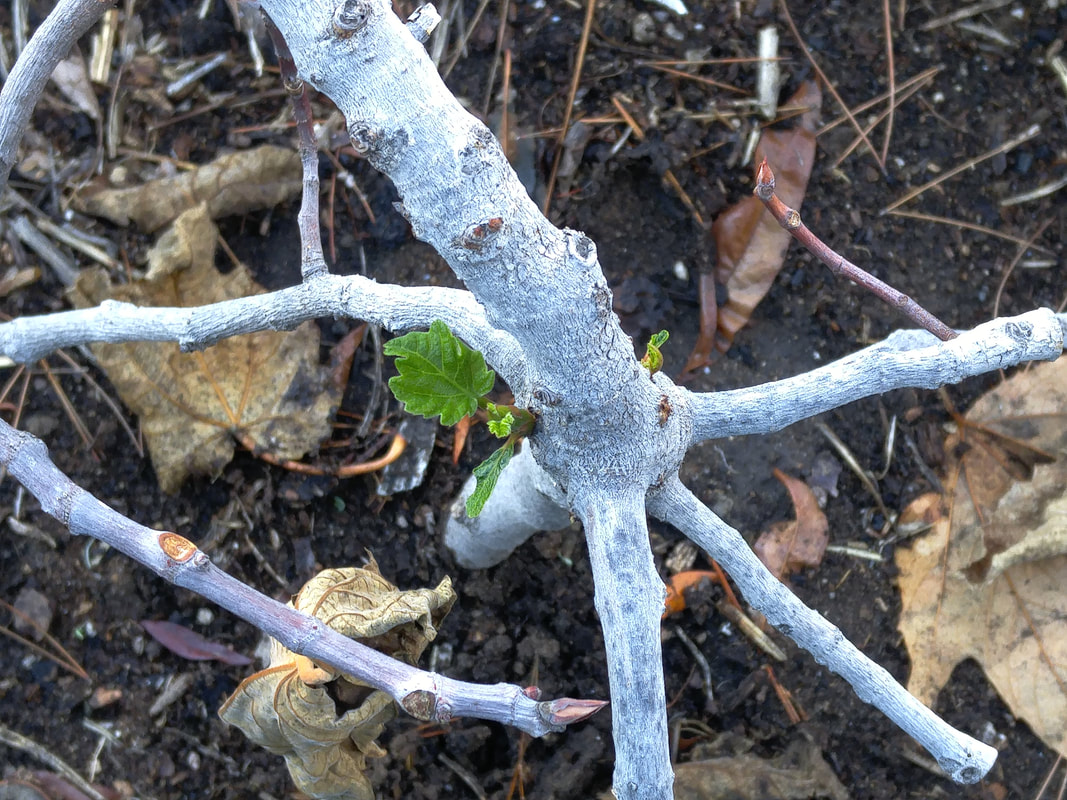 Rooted fig branch transplanted in September was trimmed back to its lowermost leaves and watered in well. Through the fall, the leaves dropped, but I made sure the soil was still moist. Yesterday, I was thrilled to see this new growth emerging, so know that the rooting took successfully. Don't give up until lllllloooooonnnnnggg after it looks dead! | Yay for the wonderful rains that dribbled and torrented our gardens on late Sunday and Monday! Lightning blasts and thunderous claps set off neighbors’ security lights, and then the soft pitter-patter on our roof became heavier downpours. Gentle drops turned into bucketfuls. By daytime on Monday, the initial onslaught evolved into alternate sun and rain and drizzle that is best for slowly and consistently absorbing into the soil. This pausing between bouts of rain is important to allow the water filling the air pores in the soil to drain out before the next batch of water comes down. If this drainage can’t happen, the new water flows off of the surface of the soil and into gutters or the street, which of course is a lost resource. Such delight that I’m sure only we gardeners appreciate fully! Gardening tasks right after rainstorms 1. No stomping in the garden. With all the water filling the air pores in the soil for hours after a good rain, you don’t want to walk in the garden because your weight will literally push out the water and compress the soil particles, which will result in roots that can’t breathe or grow between the particles. Wait at least a full day until you walk in the garden, even in the pathways. If you absolutely must walk in the garden, then lay down a broad piece of lumber or garbage can top or something similar so your weight is spread out. 2. Dig gently when transplanting seedlings or planting bulbs. Move the soil as little as possible. Remove a scoopful with a small hand trowel, place the seedling or bulb in, and gently crumble the soil back on top to avoid compressing the soil. Sprinkle with just enough water to settle the soil around the plant or bulb. 3. When rain is promised again later this winter – or even when you apply overhead watering throughout the year – make a point of doing any digging or harvesting activity the day beforehand so you’ll not be tempted to do so until two days after the rain to allow the rain to drain naturally and retain the air pores. Protecting plants from frosts 1. Frost is likely on dry, windless, clear, cold nights. Be concerned when temperatures in the high- to mid-30s are forecasted, especially for lower areas in your garden like the bottom of a hill or against a fence that don’t have good air circulation to sweep the cold further away. 2. Plants are less susceptible to frost damage when they have been sufficiently watered, so soil or planter mix remains barely moist. However, more water may stimulate new growth or drown the plant, since roots and foliage don't circulate moisture quickly during cold weather. 3. Provide protection of seedlings with mini-greenhouses made from clear plastic milk or water jugs with their caps removed and their bottoms cut off. Place the jugs over the seedlings after the bed has been watered well. Press the jugs about one-half inch deep into the soil to prevent the entry of pests such as cutworms at the soil level and to lessen the chance of the jug being blown away during windy gusts. Remove the jugs when the foliage begins to crowd inside the jug, or when night temperatures are consistently above 50 degrees. 4. Frost settles directly down, so provide protection for larger plants from above as well as from the sides. 5. Keep frost-protection coverings, especially those made of plastic sheeting, away from the foliage, or the foliage may more readily freeze. 6. If plants are damaged by frost, don't remove any of the dead foliage or branches. Plants may look messy, but these damaged portions will protect sensitive growth further inside the plants from later frosts. Wait to start trimming the dead stuff until new growth begins again in spring – you may find that branches which appeared dead are indeed alive and well after all. 7. Don’t fertilize frost-damaged plants until spring growth begins, when more frost is unlikely. For more timely gardening tips, see January. |
|
1 Comment
I still have a cherry tomato plant fruiting (although half of the fruits split, so I leave them in a dish for the birds). I will have to try your container idea to protect the baby bok choy, because something is definitely enjoying that. I'm also frustrated by the black mites that keep attacking the chard. The neem spray keeps the numbers down, but isn't eliminating them entirely. Thanks for sharing all of your great photos and tips!
Reply
Leave a Reply. |
Categories |



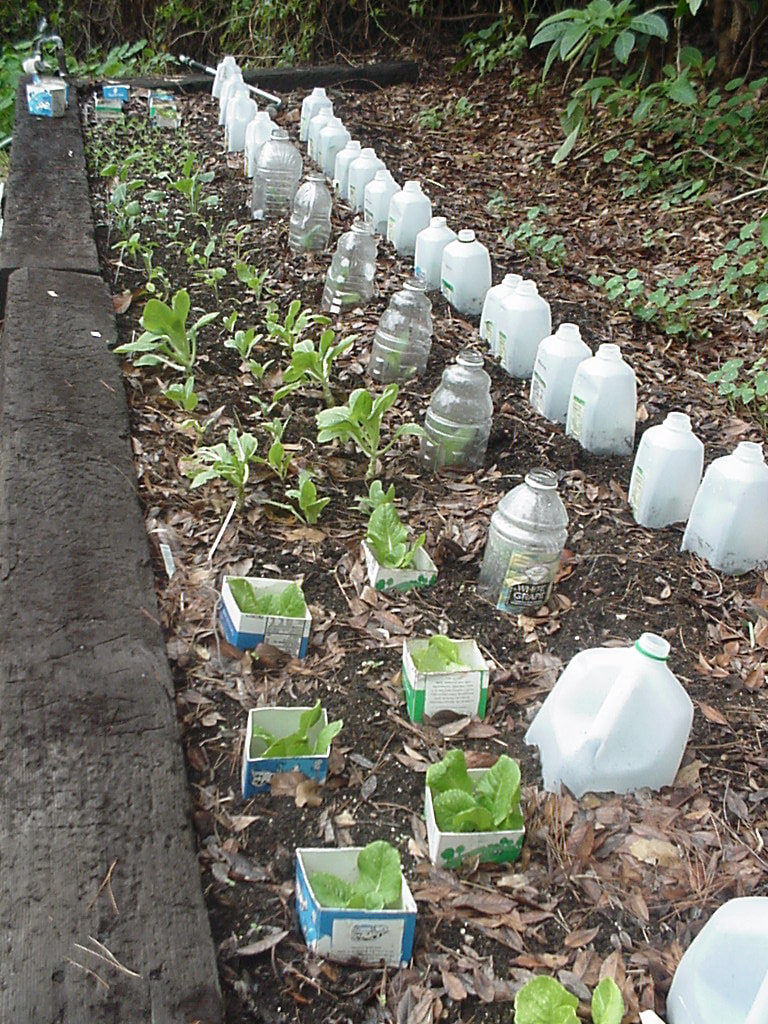
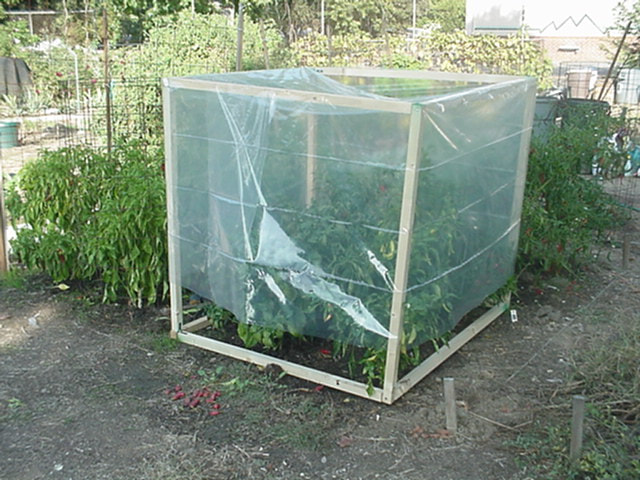
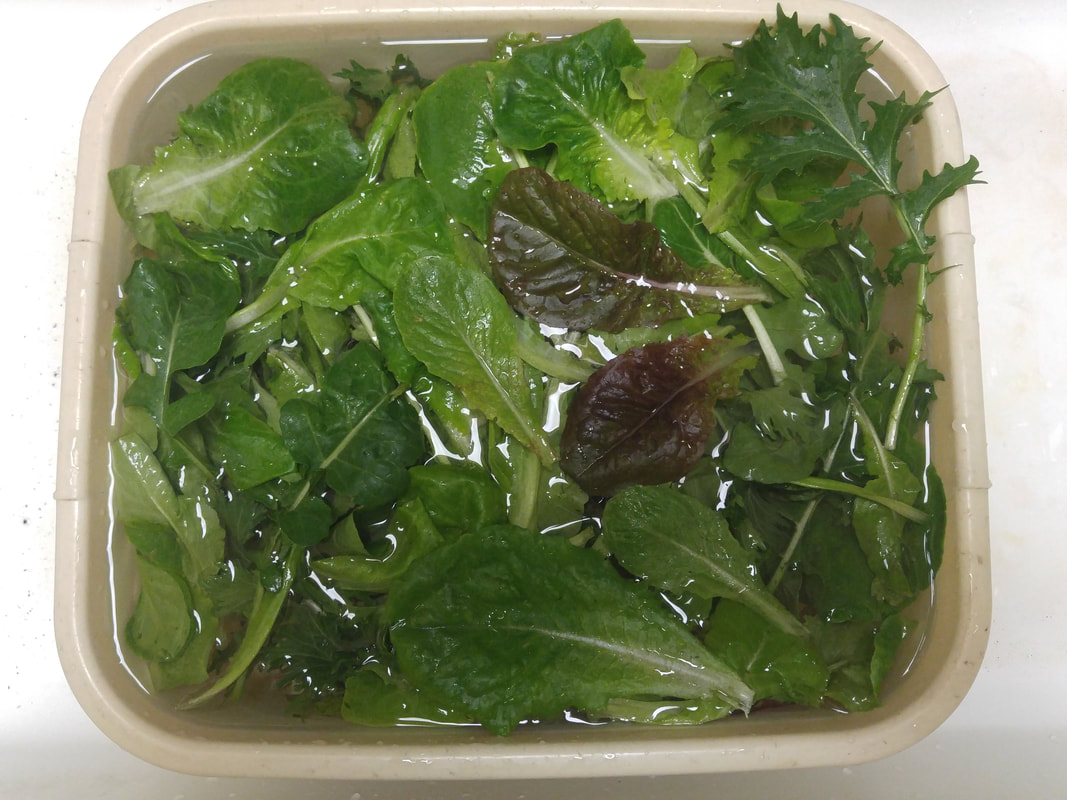
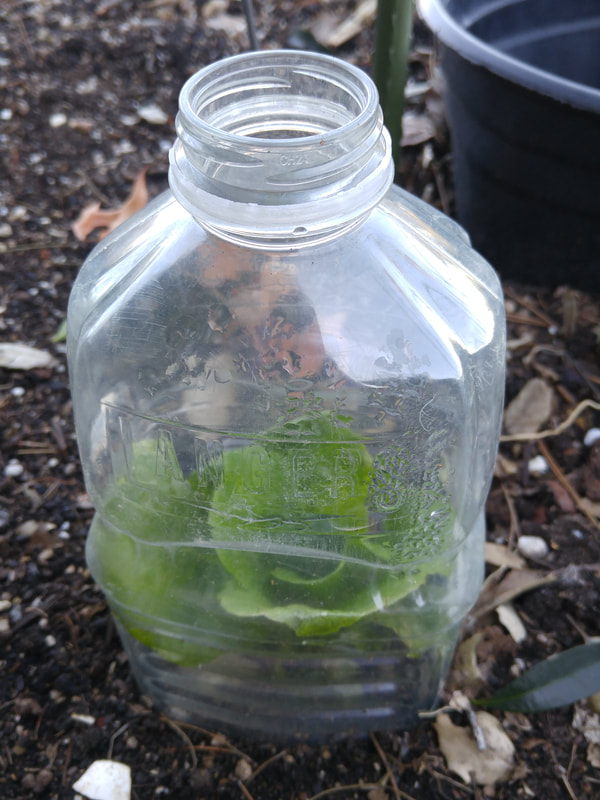
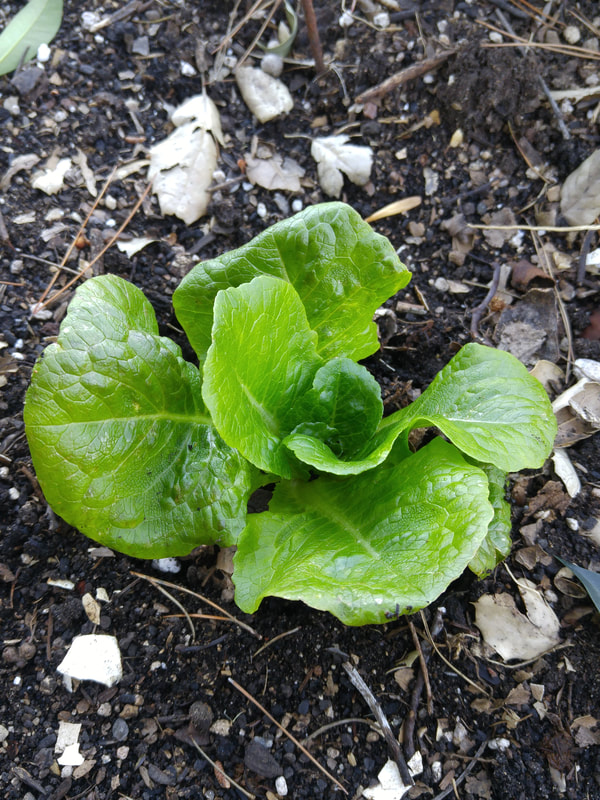
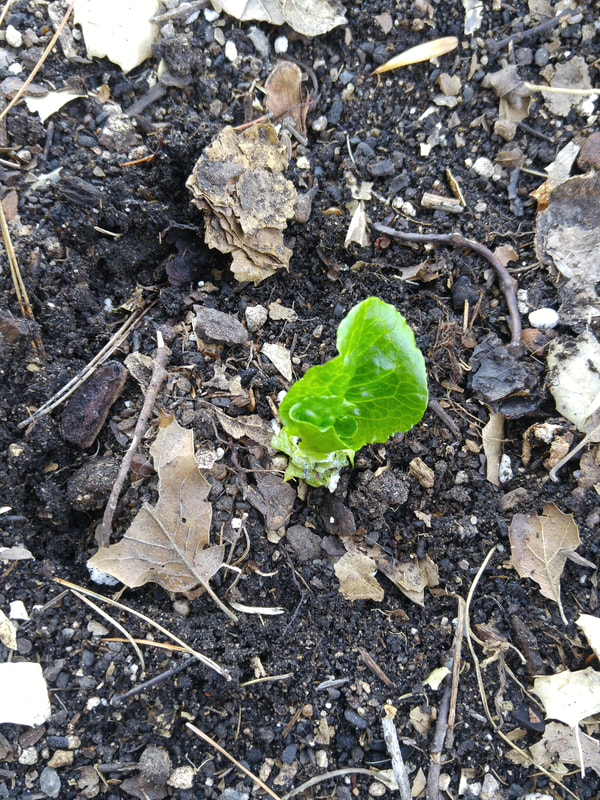
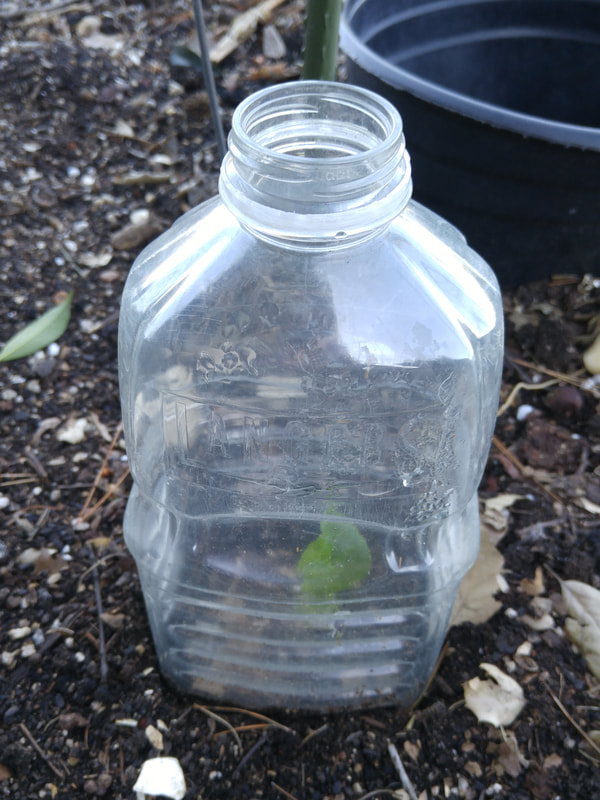
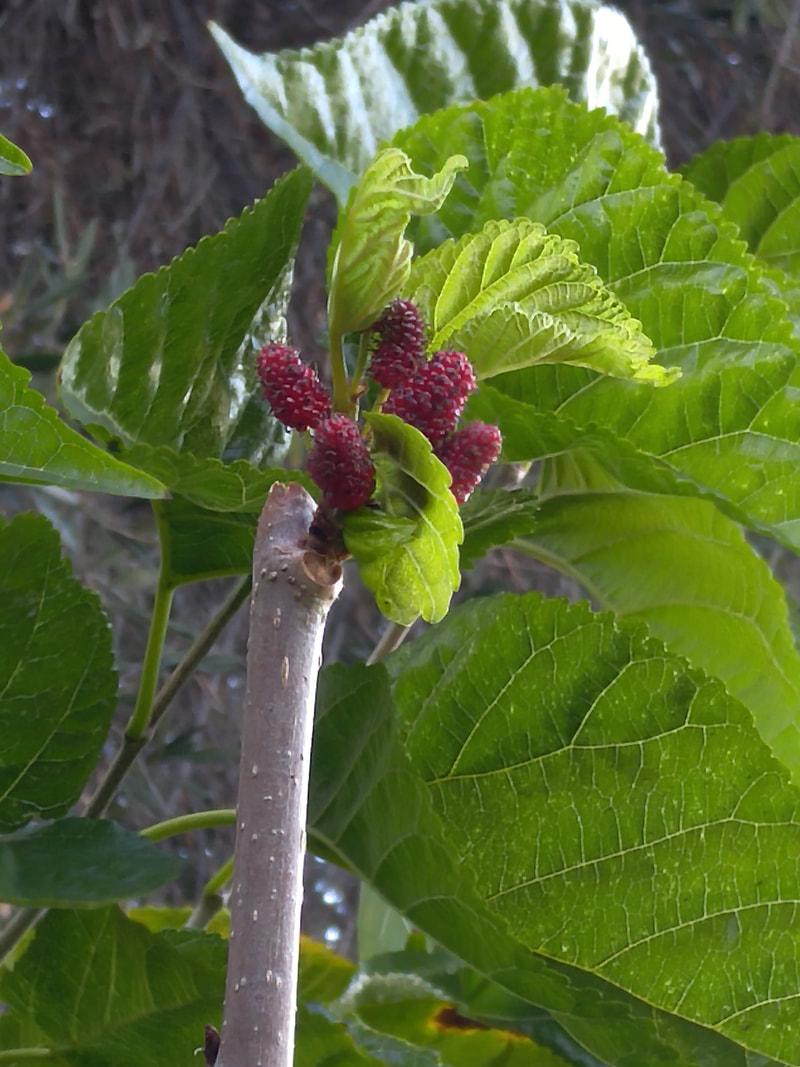
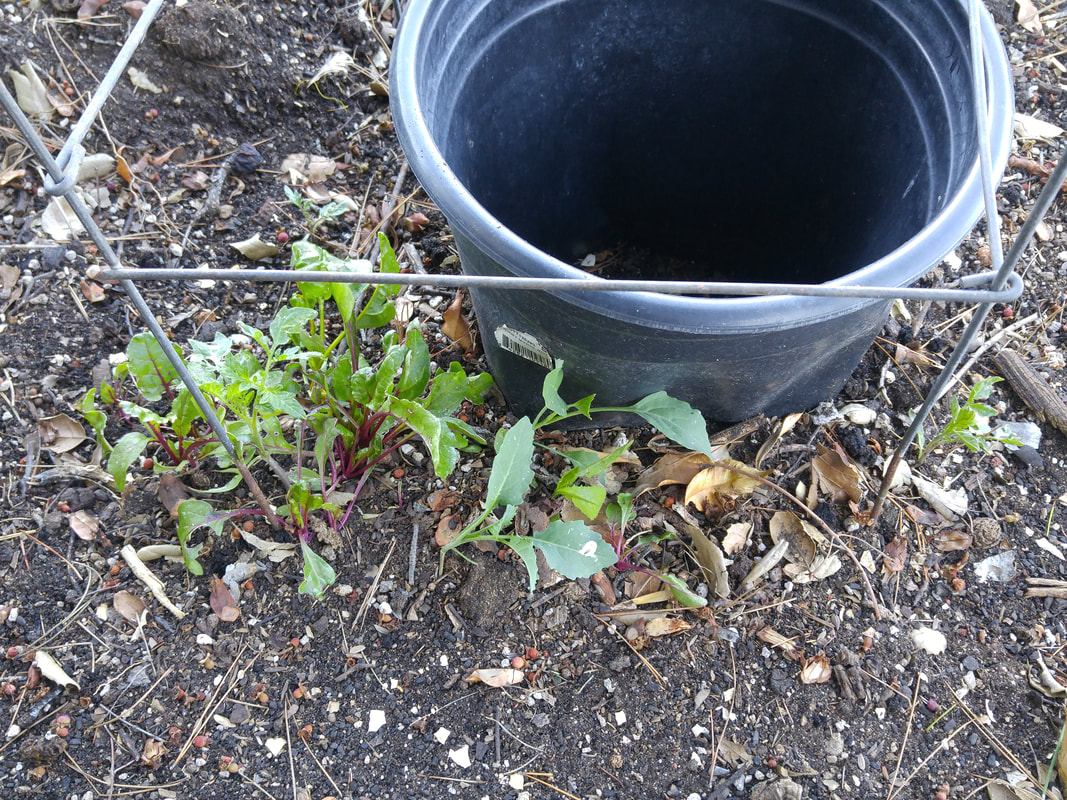
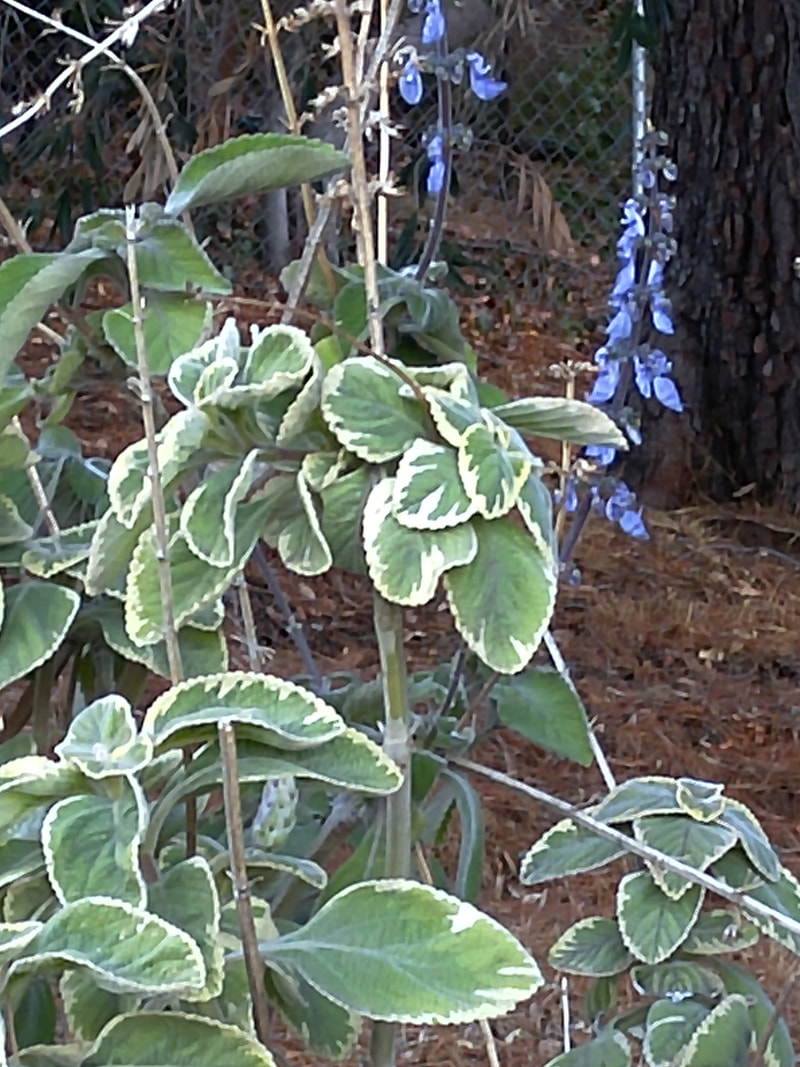
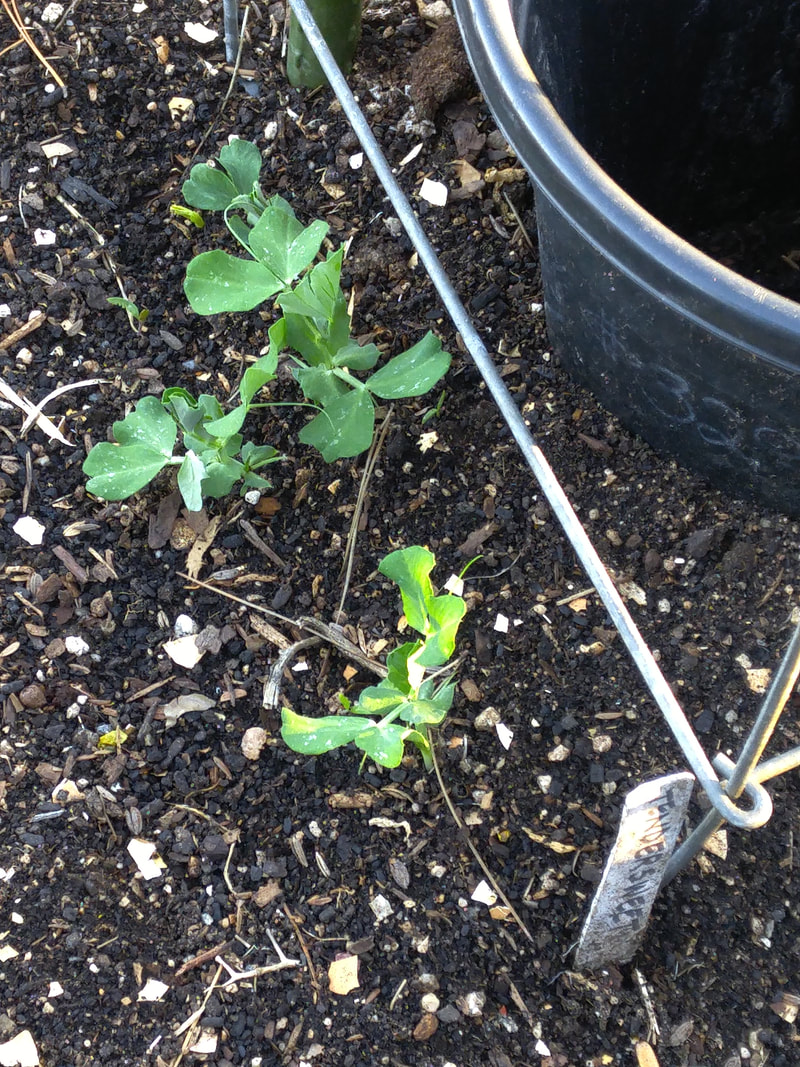
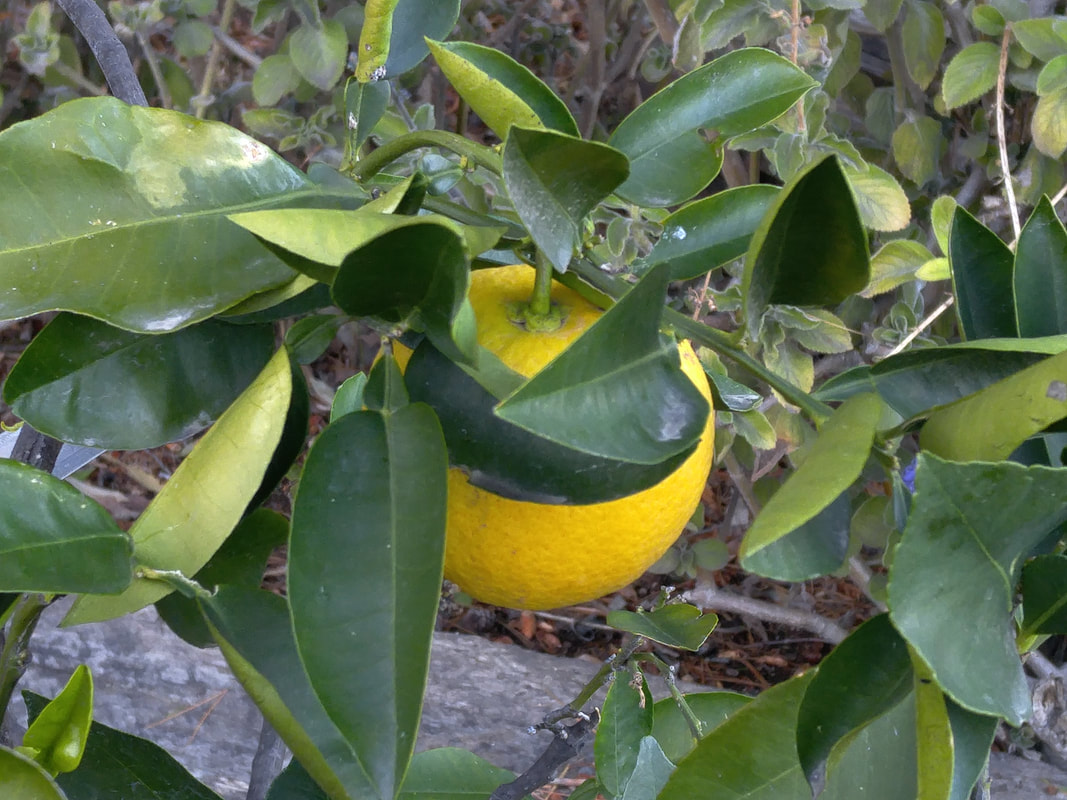
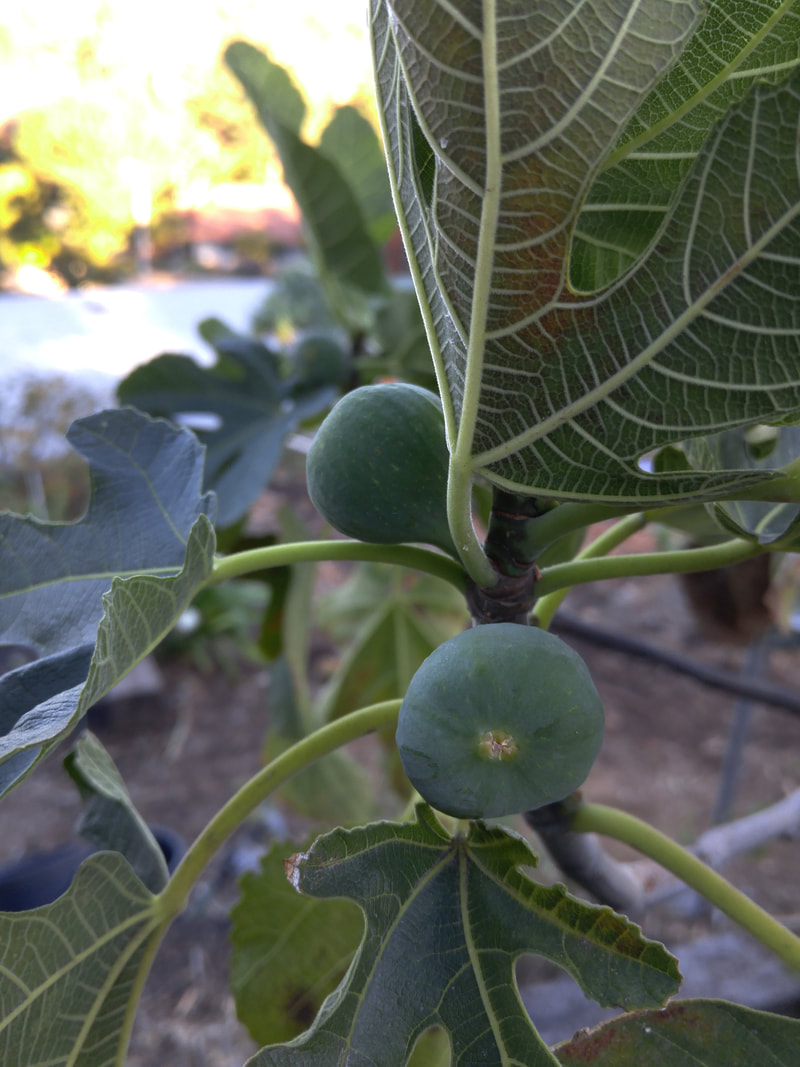
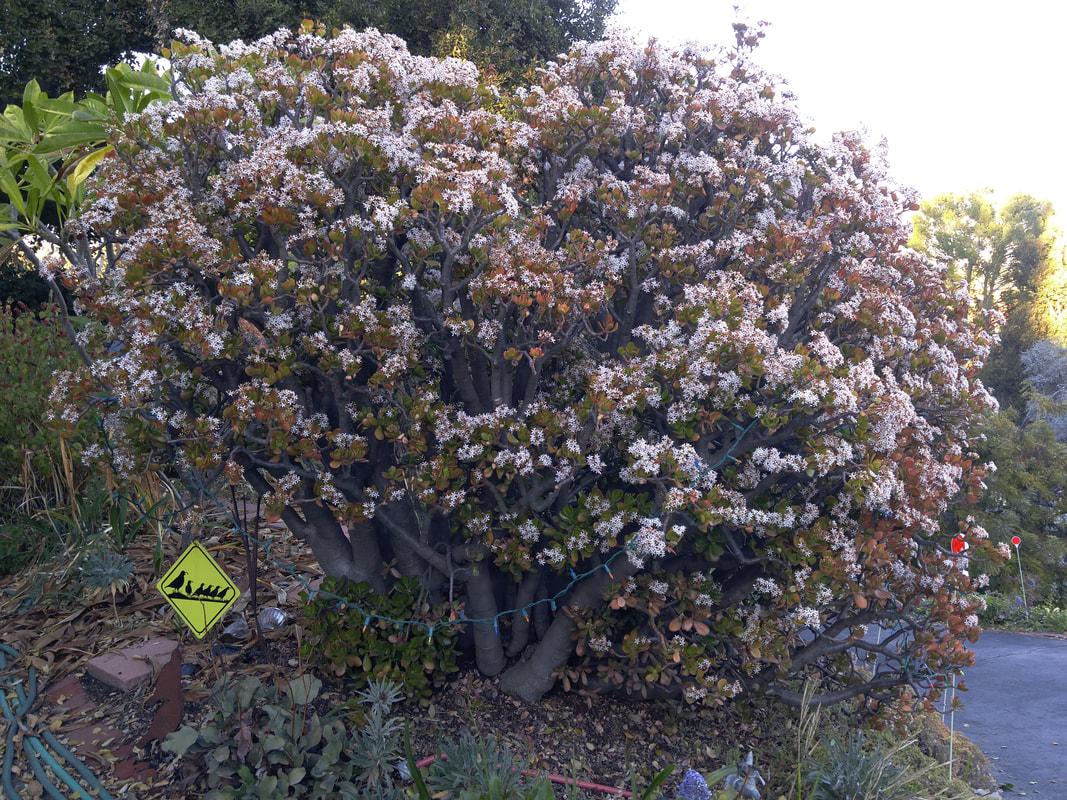
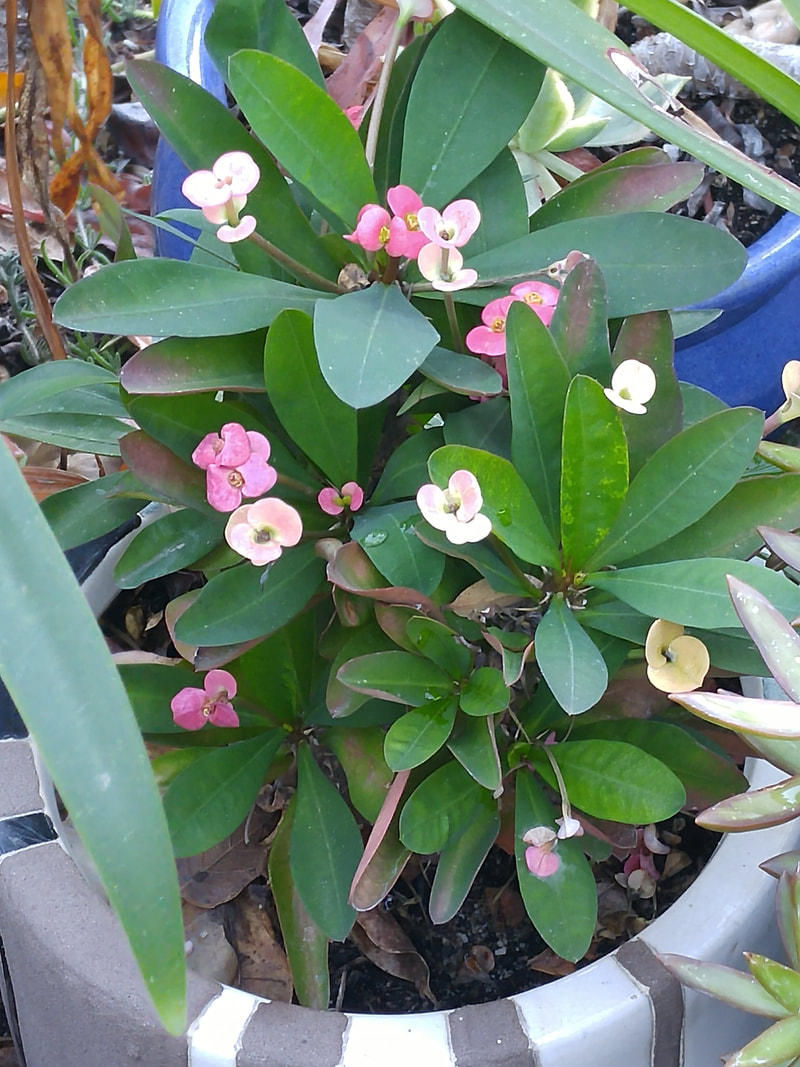
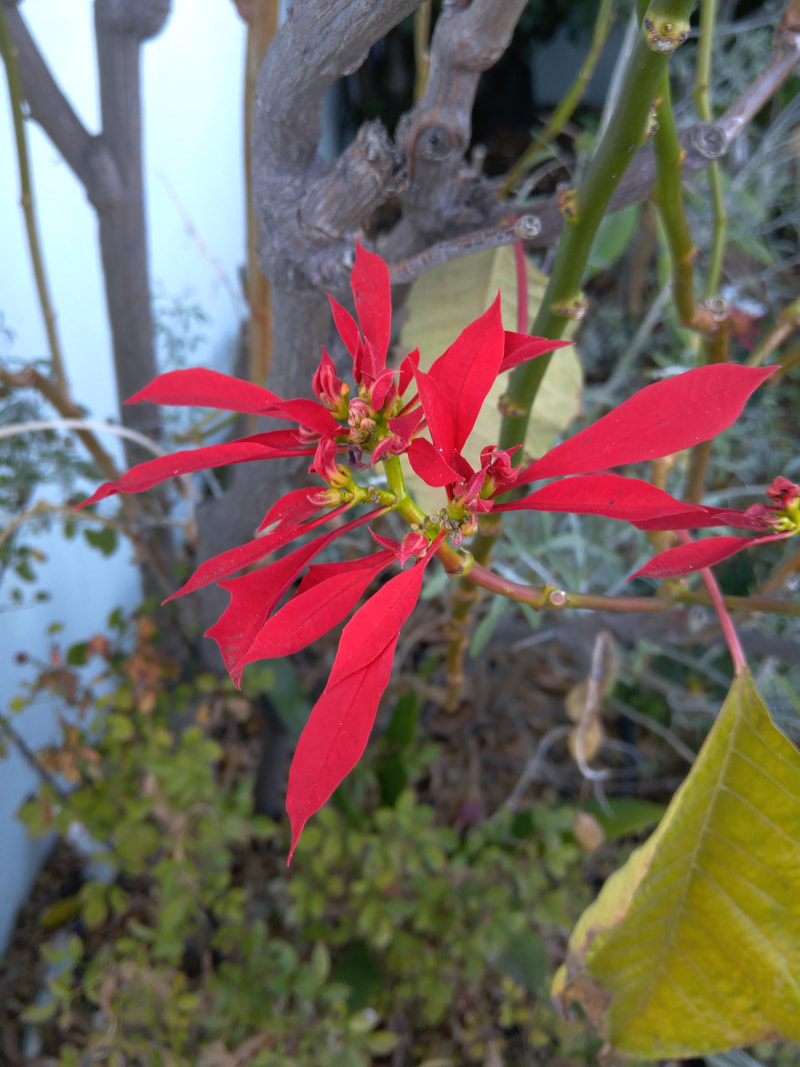
 RSS Feed
RSS Feed